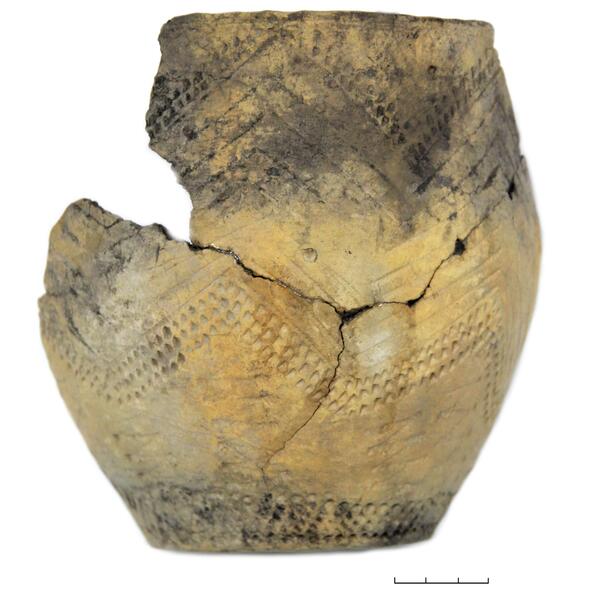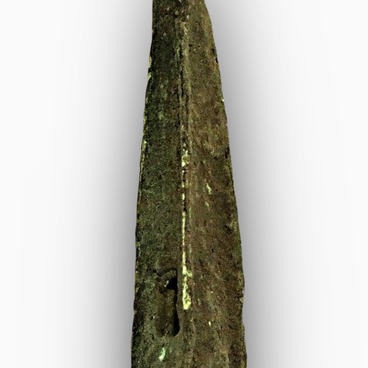Batakovo is the only archaeological natural park in Russia, which includes a territory unique in its pristine preservation in the area of the villages of Borovyanka, Rostovka, and Ingaly. Here, in the floodplain of the Irtysh, on an area of about 15 thousand hectares, a huge number of archaeological monuments of different eras have been found: mounds and burial grounds, settlements and encampments, fortresses and even ancient metallurgical workshops.
Due to the high density of archaeological antiquities, ensembles have been formed in the Batakovo tract, including ancient encampments, settlements, fortresses, burial mounds and ground burials. Only in this area have the remains of the most ancient cities and necropolises left by the aborigines thousands of years ago been discovered.
During the excavations of the Borovyanka-XVII burial ground, fragments of a closed jar-shaped vessel were found. As a result of careful fitting and gluing of the parts of the ceramic vessel, it became possible to study the pattern of a multi-row zigzag. In the bottom part, the vessel is decorated with flowing rows of impressions of a comb stamp (a special device in the form of a comb), made in the “rocking” technique.
Clay vessels are the main finds in the burials of the Andronovo people. Their pots have a flat bottom, the diameter of which is almost always half the diameter of the rim. The height of the vessel approximately equals its diameter.
Andronovo potters not only decorated their products, but also gave the pattern a magical meaning. Decoration — one of the main expressions of the ancient people’s worldview, represented a model of the inseparable connection between the universe and humans, macro- and microcosm. This type of art is characterized by the eternal dynamics and repeatability of elements, a harmonious combination of eternity and cyclicity, static and movement.
Each type of decoration pattern is, in a certain
way, a kind of “world in itself, ” an artistic unity, a model of the universe
detached from the real world. The conventionally decorative forms of the image,
which have become widespread in objects of decorative and applied art, change
over time.


